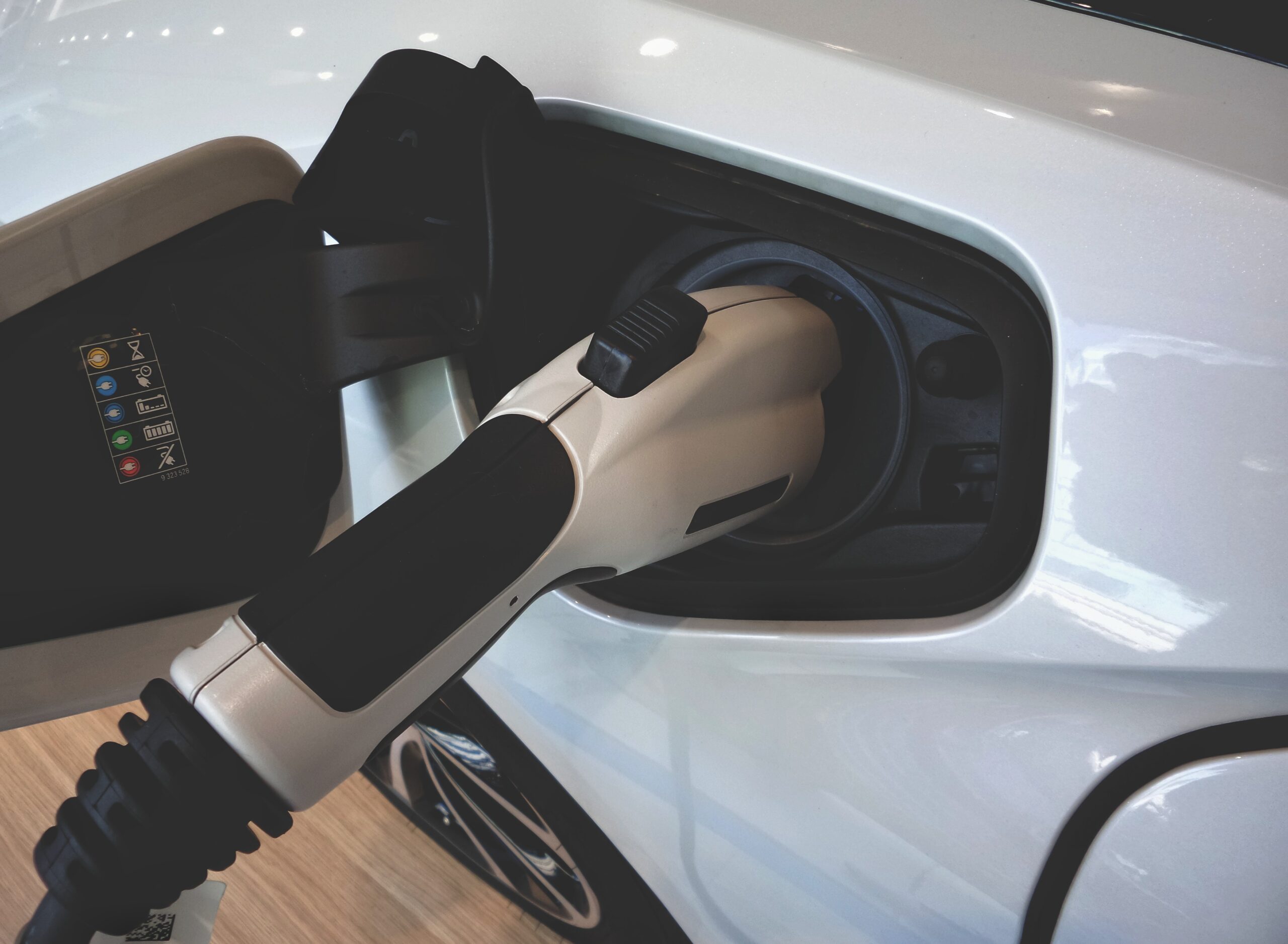By:
VNC Automotive
Date:
22nd September 2022
The auto industry is seeing a lot of change when it comes to in-vehicle tech and connectivity, particularly when it comes to electrification and automation. And for law enforcement fleets this represents a major transformation in how officers can better serve their citizens and communities.
In our recent LinkedIn Live, VNC Automotive CEO, Tom Blackie, talked to Roger Lanctot, an industry expert in connected mobility from Strategy Analytics, about technology in law enforcement vehicles and the benefits, ergonomic, economic and safety, that lay ahead.
During this discussion, the topic of electrification and the technological benefits that would bring to law enforcement vehicles prompted a good deal of interest from our speakers.
“Imagine a self-driving vehicle where a law enforcement officer can be using the 5G connections and the infrastructure to draw down information about the incident that they are currently travelling to while the vehicle is taking them there.” – Tom Blackie
According to research from EV Powered, in London, UK, the Metropolitan Police, Britain’s largest police force, has a target to have a 100% electric fleet by 2030. In the US, the roll-out is a little slower because of the distances that officers have to travel but the NYPD introduced its first electric vehicle to its fleet in 2022 and aims to have an all-electric fleet by 2035.
Pure electric vehicles may need some advancement before they are accepted as full-fleet patrol vehicles, mainly due to mileage range and charge times. But with many electric vehicles already on our highways, battery technology improving rapidly each year, and continuing advancements in automotive technology, EVs could provide considerable benefits to law enforcement fleets in the future.
“We are entering a new era in emergency response where there will be more information communicated from the vehicle.” – Roger Lanctot
Long-term, EVs will save money, improve fleets, and, vitally, keep law enforcement agencies up-to-date with government and citizen mandates for greener technology.
“There are the environmental benefits, of course, but fundamentally, electric vehicles have huge potential. All the AI capabilities that these vehicles come with, will also deliver plenty of driver assistance. This is something that law enforcement can make use of.” – Tom Blackie
With electrification, AI, and 5G technology, law enforcement fleets will have the means to get all the latest information in near real-time. And, importantly, that connectivity is bidirectional.
“Officers are able to review the scene of the incident. So, there will be a huge amount of much more joined-up thinking, and with the help of AI, a lot of this could be done automatically.” – Tom Blackie
Not only would the law enforcement officer dealing with the situation at hand have access to vital information but the control room can also connect to the vehicle, meaning that they can make announcements across the public address systems, direct CCTV cameras to record events at the scene and make decisions as to whether they need to send in extra officers, or call an ambulance or fire truck.
The connectivity doesn’t stop with law enforcement themselves either. With more electric vehicles on the road, officers are also able to access information about other vehicles in order to offer assistance with highway traffic incidents and even theft.

“If there is a crash scene with an electric vehicle, officers can access information as to whether that vehicle can be approached, how it can be approached safely, and also get information about the severity of the crash in real-time and the condition of the passengers.” – Roger Lanctot
In addition, some platforms already have the capabilities to remotely slow down other vehicles. In instances of theft, for example, law enforcement officers can slow vehicles down, making them easier to recover.
But with technology advancing so quickly, how can first response fleets update their vehicles to keep up?
“The police can’t afford to wait for that integration to happen, they’re going to want to have that latest technology as soon as they can get access to it.” – Roger Lanctot
Some capabilities can be added as aftermarket solutions to vehicles that already have all other necessary features. VNC Automotive has a product called Cobalt Cube®, which can fulfil many of these requirements by integrating disparate mission-critical technologies with the in-vehicle infotainment system (IVI) and the dashboard.
With this integration in place, new technologies can be added and installed at any point for a flexible, extensible, and future-proof set-up.
In terms of installation, it is incredibly simple. A USB cable just needs to be plugged into the existing USB port that will be supplied in the OEM head unit. Therefore, installation is cheap and easy and, if vehicles are changed or updated, the Cobalt Cube can quickly be removed and transferred into the new vehicle without causing any damage to the vehicle.
“Perhaps one of the more interesting use cases is the ability to roll out new applications and new features using over-the-air updates without the need to then go and deploy new equipment in a car. I think that future-proofing of the vehicle is something that we’re going to see more and more of.” – Tom Blackie
When we asked Tom and Roger for one piece of advice that they would give to fleet managers, it was to keep an open mind when it comes to automotive technology and embrace the potential that it offers.
“I advise fleet managers, officers, and end users to open their minds to what’s actually possible and feel free to talk to technology companies like ours. I’m sure we can bring an awful lot of knowledge to help the critical jobs that they do.” – Tom Blackie
To hear more about automotive technology and the future of law enforcement vehicles, watch the full LinkedIn Live below. Or, click the ‘Contact Us’ button below to get in touch and hear more about our aftermarket solutions.
22nd September 2022
